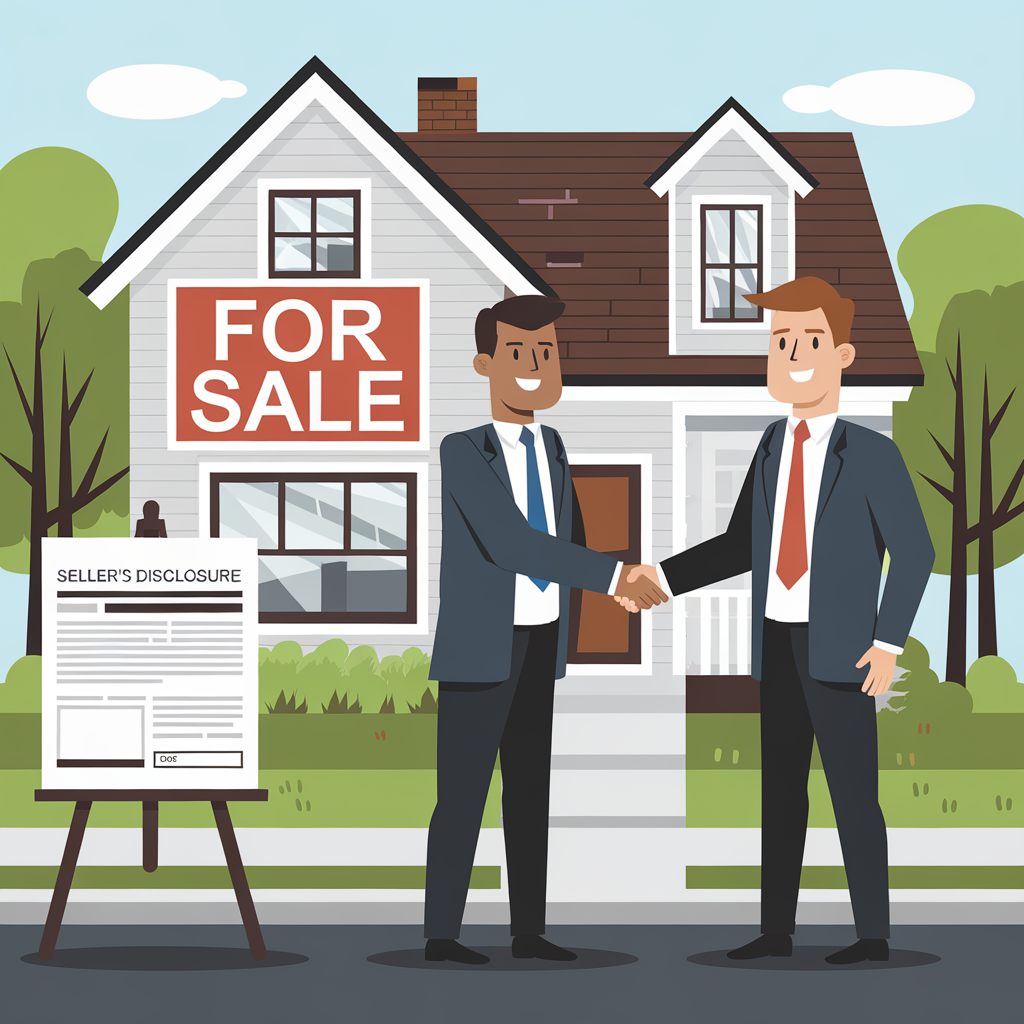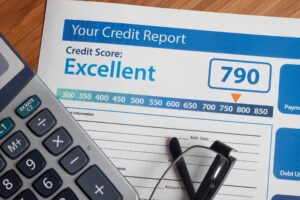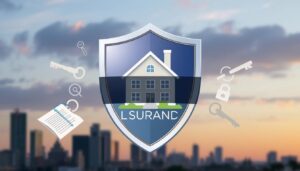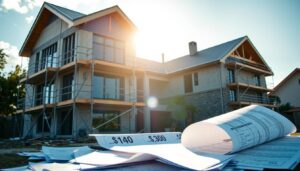Understanding Homeowners Insurance: What You Need to Know
Chances are, your home is your biggest investment, so it makes sense to safeguard it by buying homeowners insurance. Homeowners insurance typically covers your home and personal property against damage or theft and helps shield you from legal liability if visitors are injured on your property. However, you might need to buy some additional coverage to ensure your home is fully protected.
What Is Covered by Homeowners Insurance?
Standard homeowners insurance generally includes four kinds of coverage:
- Dwelling
- Personal property
- Additional living expenses
- Liability insurance
Here’s a closer look at each.
Dwelling or Structure Coverage
Dwelling coverage pays the cost of repairing or rebuilding your home due to damage from covered incidents. Typically, dwelling coverage extends to other structures on your property, including fences, sheds, garages, or gazebos.
Personal Property Coverage
Personal property coverage pays to repair belongings, such as furniture, clothing, or appliances, if they’re destroyed, stolen, or damaged by a covered event. It may also cover the theft of personal property outside your home, such as belongings stolen from your car or from a storage unit. Most policies cap coverage for computers, furs, jewelry, and similar valuables at a few thousand dollars, but you can usually purchase additional coverage if you want.
Additional Living Expenses Coverage
Additional living expenses (ALE) coverage pays any additional costs of living elsewhere while your home is rebuilt or repaired after a covered event. Also known as loss of use coverage, it takes effect only if the insurance company declares your home uninhabitable. ALE coverage helps pay for things like hotel costs, restaurant meals, boarding pets, moving expenses, and additional transportation costs. Insurance companies typically cap the dollar amount of ALE coverage or limit it to a specific time frame.
With the most common type of homeowners insurance, the HO-3, your dwelling, personal property, and ALE coverage kick in if your home is impacted by one of 16 types of risk:
- Fire or lightning
- Smoke
- Hail or windstorms
- Falling objects
- The weight of snow, sleet, or ice
- Theft
- Vandalism
- Explosion
- Damage due to vehicles
- Damage due to aircraft
- Volcanic eruptions
- Riot or civil commotion
- Accidental discharge of water or steam from a household appliance or a plumbing, heating, air conditioning, or fire-protective sprinkler system
- Freezing of a household appliance or a plumbing, heating, air conditioning, or fire-protective sprinkler system
- Sudden accidental damage from electrical currents
- Sudden accidental cracking, bulging, burning, or tearing apart of a steam, hot water heating, air conditioning, or automatic fire-protective system
Liability Coverage
Homeowners insurance also includes liability coverage, which pays medical expenses if someone visiting your home is injured on your property. Liability insurance also covers your attorney costs and damages in case of a lawsuit by an injured person. Finally, it covers any damage or injury your family members unintentionally cause to another person or their property away from your home. For example, if your child is playing at a neighbor’s home and throws a ball that accidentally breaks the neighbor’s nose, liability insurance would cover it.
What Is Not Covered by Homeowners Insurance?
Standard homeowners insurance doesn’t cover the following risks:
- Floods: Standard home insurance typically covers water damage from above (such as rain, ice, or snow damaging a roof) but not water damage from below (such as floods).
- Earthquakes: Since they don’t occur in many parts of the country, earthquakes aren’t covered by home insurance.
- Sinkholes: Although some states include sinkhole insurance in standard homeowners insurance policies, most don’t.
- Sewer, septic tank, or drain backups or sump pump failures: Proper maintenance can prevent these, so they aren’t covered by homeowners insurance.
- Normal wear and tear: Damage to your home’s systems as a result of typical wear and tear isn’t covered by homeowners insurance, and damage caused by neglected systems may not be covered, either. Home insurance is designed to protect against sudden or accidental damage, not to cover your failure to maintain your home.
- Damage from insects or animals: This type of damage is considered preventable and not covered by homeowners insurance. If insect or animal damage triggers a covered risk, however, it may be covered. Homeowners insurance wouldn’t pay to exterminate termites found in your home, but if mice gnaw through your home’s electrical wiring and start a fire, insurance might cover repairing the fire damage.
There are also some relatively infrequent events that homeowners insurance doesn’t cover:
- Nuclear accidents
- War or the government seizing your property
- Pollution
- Damage that you intentionally cause
Consider These Home Insurance Add-ons
To get more protection for your home, you may want to purchase add-on coverage.
Flood Insurance
Flood coverage is available through the National Flood Insurance Program run by the Federal Emergency Management Administration (FEMA), as well as from private insurance carriers. Your lender may require you to get flood insurance if your mortgage is federally backed and your area is at high risk for flooding.
Earthquake Insurance
You can get earthquake insurance from private insurance companies or, if you’re in California, through the publicly operated California Earthquake Authority (CEA). Earthquake insurance usually covers landslide damage as well.
Sinkhole Insurance
If it’s not part of your regular homeowners insurance, sinkhole insurance may be available as an endorsement or as a separate insurance policy.
Water Backup Insurance
Water backup insurance covers damage if a sewer, septic tank, drain, or sump pump failure causes water backup into your home. It’s typically sold as an endorsement to your home insurance.
Replacement Cost Coverage
You can increase your personal possessions coverage with this insurance, which reimburses you the cost of purchasing equivalent new items. Without replacement cost coverage, you’ll only receive the amount the items are valued at today. Depending on how old your possessions are, that may not be enough to buy new ones.
Excess Liability or Umbrella Coverage
You can buy extra coverage to increase the limits of your homeowners liability insurance, which is typically capped at $100,000. Umbrella coverage is another way to increase your liability coverage; the difference is that it applies to both your home and auto insurance. You’ll need both home and auto insurance from the same carrier to buy umbrella insurance.
Enhanced Dwelling Coverage
The cost of homebuilding can rise drastically after widespread disasters. To ensure you have enough insurance, there are several kinds of enhanced dwelling coverage you can add to your policy.
- Inflation coverage: Increases your coverage amount annually to keep pace with inflation.
- Extended replacement coverage: Increases your dwelling coverage in line with rising building costs.
- Guaranteed replacement cost insurance: Pays to rebuild your home the way it was, whether or not that exceeds your coverage amounts.
- Ordinance or law coverage: Pays to repair or rebuild your home to meet current building code standards. This coverage is typically purchased for older homes.
How to Save Money on Home Insurance
There are several things you can do to save on homeowners insurance while still getting the coverage you need.
- Raise your deductible: This is the amount you must pay out of pocket when you file a claim. A higher deductible typically means lower premiums, but it will mean you’ll have to pay more before your insurance kicks in if something happens.
- Reduce risk: Add safety features such as a home security system or a fence around your pool. Eliminate potential hazards that could lead to liability claims, such as trampolines, ponds, or treehouses.
- Look for discounts: Lower home insurance rates may be available through your employer or membership organizations you belong to. Some insurance companies offer discounts for seniors or veterans.
- Avoid filing frequent claims: Filing a home insurance claim could prompt the insurance company to increase your premiums. Many insurance carriers offer discounts if you go a certain number of years without a claim.
- Bundle your insurance: Buying multiple policies from one insurance carrier often earns you a discount. Home and auto insurance are a popular combination.
- Shop around for lower rates: Make it a practice to get quotes from several insurance companies and compare rates at least once a year.
- Improve your credit score: Insurance companies in many states may check your credit-based insurance score when you apply for homeowners insurance. Although this score differs from the credit scores lenders use, it’s calculated using many of the same factors. Checking your consumer credit score can be a good indication of where your credit-based insurance score stands. Taking steps to improve your credit score could boost your credit-based insurance score too, potentially reducing your home insurance rates.
The Bottom Line
Buying insurance to protect your home is smart financial management. After all, your home likely accounts for a big chunk of your net worth. Budgeting for regular home maintenance can help reduce the risk of leaky roofs, burst pipes, or other problems your home insurance may not cover. While you’re at it, make a habit of keeping tabs on your credit. Experian’s free credit monitoring service alerts you to important changes to your credit report and score so you can take action if necessary.
For any mortgage service needs, call O1ne Mortgage at 213-732-3074. We are here to help you with all your mortgage requirements and ensure you get the best service possible.







